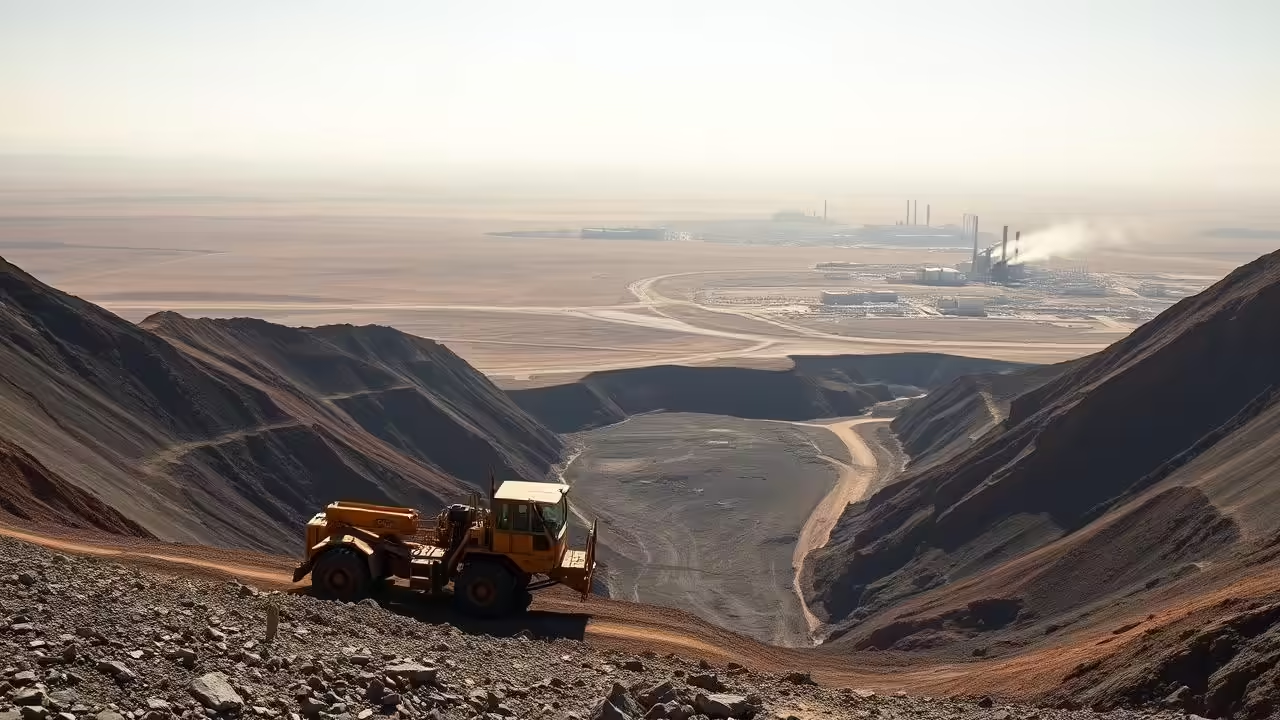China’s dominance in rare earths and why it matters
Rare earth elements—such as neodymium, yttrium, and europium—are foundational to modern technology. They power electric vehicle motors, smartphone screens, laser systems, and defense hardware. Yet while these minerals are relatively abundant in the earth’s crust, extracting and refining them is complex, environmentally challenging, and expensive. This intricacy highlights the issues of U.S. dependency on rare earths from China.
China currently leads in both mining and downstream processing. It holds control over 61% of global rare earth production y 92% of refining capacity, according to the International Energy Agency (IEA). This dual control grants Beijing the ability to regulate global flow. In recent months, China scaled export restrictions, requiring export licenses even for small amounts of rare earths and related technologies.
This strategic posture gives China powerful bargaining leverage. By limiting access, Beijing can influence global supply chains for electric mobility. Consumer electronics and national security industries are also impacted. The consequence is clear: U.S. companies, already dependent on imports, now face risks due to U.S. dependency on China rare earths.
The U.S. struggle: supply gap, cost risks, and national security
U.S. industry and defense sectors rely heavily on foreign imports of rare earths. From 2020 to 2023, China supplied over 70% of U.S. rare earth imports, per U.S. Geological Survey (USGS) data. That dependency creates a major strategic vulnerability—especially when China uses export approvals as diplomatic leverage. The U.S. dependency on China rare earths has magnified these challenges.
Many U.S. manufacturers have scrapped or delayed projects in response to supply uncertainty. Prices for rare earth materials have surged, raising costs across downstream industries. Everything from high-efficiency motors to advanced sensors now carries a premium. The defense sector, which relies on permanent magnets in missiles, radar, and unmanned systems, is especially exposed. Strategic analysts warn that if China continues restricting supply, U.S. defense production could slow at precisely the moment it needs to sustain readiness. Addressing the U.S. dependency on China rare earths becomes a national imperative.
To reduce this dependency, the U.S. is ramping efforts in recycling, domestic mining, and processing capacity. Yet restarting that supply chain is capital-intensive. A fully integrated rare earth processing operation—especially for heavy rare earths—can cost hundreds of millions to billions of dollars. Overcoming technical, environmental, and regulatory hurdles remains a formidable task.
Potential paths forward: resilience, alliances, and innovation
Over the long term, the U.S. must pursue a three-pronged strategy: diversify sources, invest in new processing, and foster technological substitutes. Countries such as Australia, Canada, and Vietnam are exploring rare earth projects. These alliances could help distribute risk and reduce bottlenecks. The U.S. Department of Energy (DOE) has already launched initiatives and funding programs to support domestic rare earth refining capacity. Reducing U.S. dependency on China rare earths through these initiatives is crucial.
Recycling and “urban mining”—recovering rare earths from electronic waste and used batteries—offer a promising, circular alternative. The U.S. Environmental Protection Agency (EPA) is consulting on frameworks to incentivize mining of e-waste, thereby reducing reliance on virgin ores. Breakthroughs in materials science may also yield substitutes that rely less on traditional rare earth elements. This could ease pressure on supply chains.
Still, time is not on America’s side. As China consolidates its dominance—linking exports to export credits, joint ventures, and technology licensing—the cost of delay compounds. In a world racing toward electrification and advanced defense capabilities, rare earth control and U.S. dependency on China rare earths may prove to be defining geopolitical battlegrounds of the 21st century.







